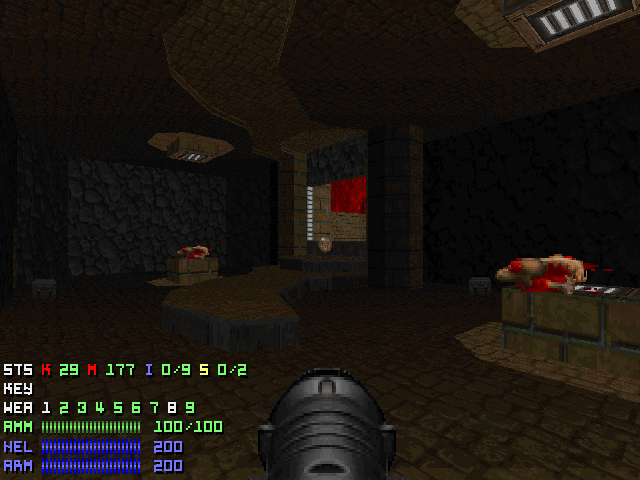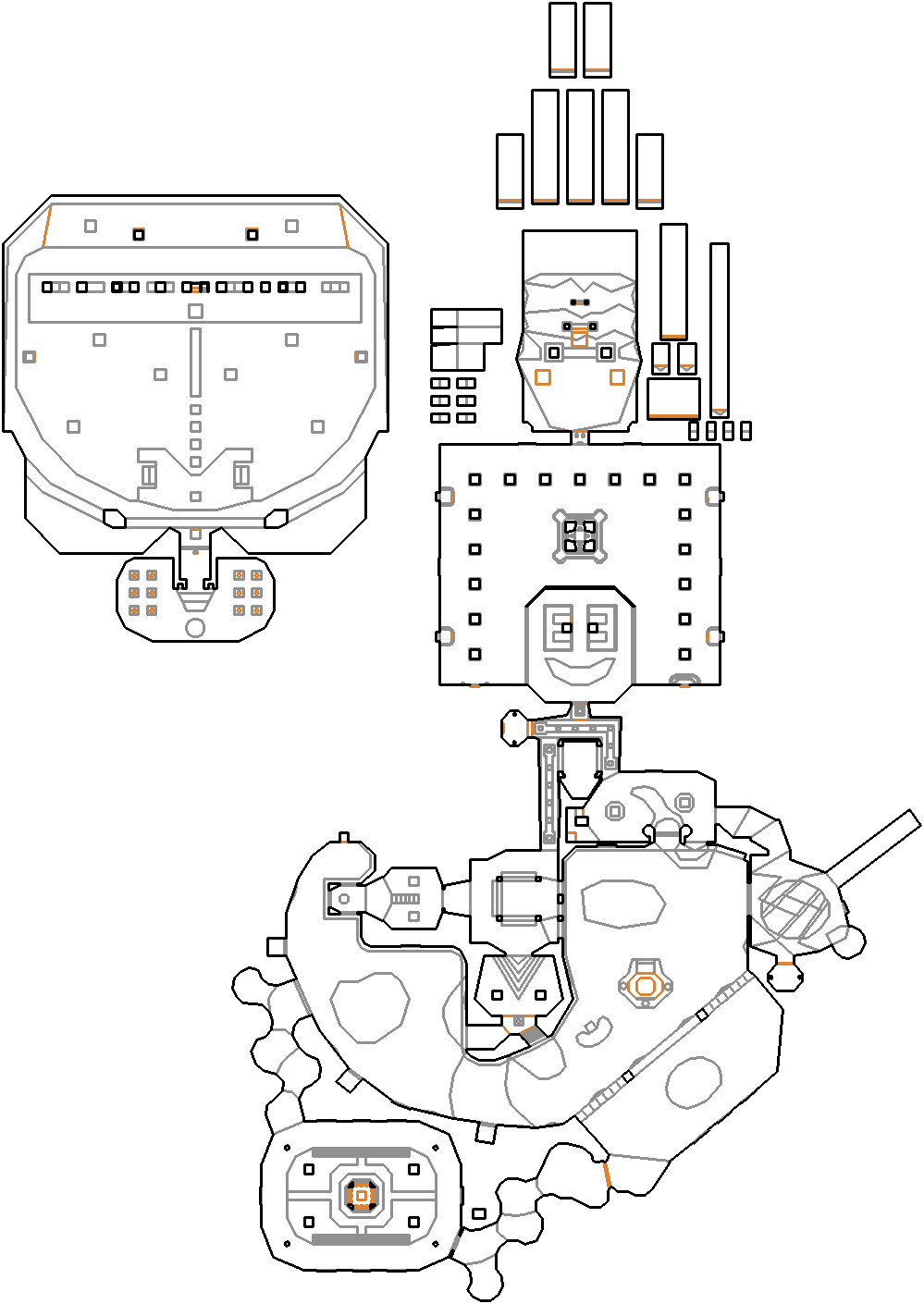
It was Id’s best seller at the time, but not everyone dug what it was doing. As the game was previewed, hype built up fast due to the beautiful shadow work of Carmack’s new Id Tech 4 engine, and the game went over well at release.

It would be a reboot point for Doom as a series, even though it was called Doom 3. It feels like Willits and team went back to the Doom bible and decided to try Tom Hall’s idea of a narrative based horror game, mixing it with traditional FPS gameplay filtered through the modern Half-Life inspired trends. This is probably the single most contentious entry in the franchise, mainly because it was a new take on Doom that never really got fans to latch to it down the line. We’ll see more of Willits creative stamp with RAGE later, but for now, we’ll be looking at the first project he had a lead role on. He ended up in a major role at the company and stayed their longer than any of the other old guard, only leaving in 2019 to join Saber Interactive, where he now heads former competitor 3D Realms after Saber purchased them. While Id credits were still kind of a mess, the creative lead this time was said to be by many to be Tim Willits, who joined the company towards the end of their DOOM projects and into their big Quake change over, where he worked mainly as a mapper.


The series would finally return in 2004 to push Id’s newest engine, taking into account major technological improvements and adding in the “Carmack’s Reverse” shadow tech that would make this game unique. Perhaps DOOM was over-saturated in the late 1990s, as id moved away from the series to focused on Quake, while receiving competition from games like Duke Nukem 3D and Unreal, fighting them off with personality and rival deathmatching goodness. Note: Screens, unless stated otherwise, were taken with the fan made source port dhewm3, which mainly gives support for higher resolutions while keeping the original look intact


 0 kommentar(er)
0 kommentar(er)
